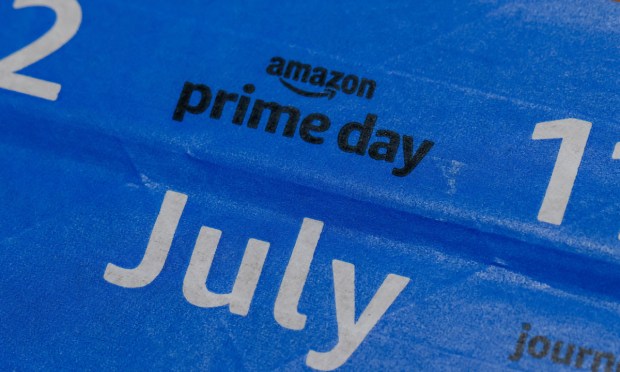Amazon’s Prime Day Sets Record With 375 Million Items Sold

Amazon’s Prime Day set records this year, with shoppers purchasing over 375 million items worldwide in two days.
That marked a 25% increase from the 300 million items sold last year, CNBC reported Thursday (July 13).
The event is a strong indicator of consumer spending, with shoppers feeling “stretched and looking for deals,” Gerald Storch, CEO of Storch Advisors, told the media outlet.
U.S. online spending rose 6.1% to $12.7 billion during the Prime Day promotion, the report said, citing data from Adobe Analytics.
The first 24 hours of Prime Day marked the “single largest sales day in company history,” Amazon said, while not disclosing its sales figures, per the report.
In what has become an annual tradition for digital retailing, Prime Day offers limited time discounts that drive shoppers to Amazon’s marketplace, the report said. As this year’s results show, the popularity of the event is clearly growing.
“The first day of Prime Day was the largest sales day in Amazon’s history, and Prime members saved more this year than any other Prime Day event,” Doug Herrington, CEO of Amazon Stores, said in a Thursday press release. “Prime is an incredible value, and we’re proud to offer additional value for members through exclusive deals events like Prime Day.”
Prime members saved more than $2.5 billion through deals offered during the event, according to the Amazon press release.
Home, fashion and beauty were among the top selling categories during the event, per the release. In terms of individual products, the top-selling deals included Fire TV Stick, Laneige Lip Glowy Balm, Apple AirPods and Bissell Little Green Portable Deep Cleaner.
“This Prime Day, members shopped deals beyond the Amazon store using Buy with Prime, a new Prime member perk that offers U.S.-based members the benefits they love and trust when shopping directly from participating brands’ websites,” the release said.
Also new during this year’s Prime Day were “invite-only” promotions that allowed shoppers to express their interest in a deal and receive a link to purchase items that were still available. This initiative aimed to address buyer disappointment when some of the best deals vanish within seconds.

